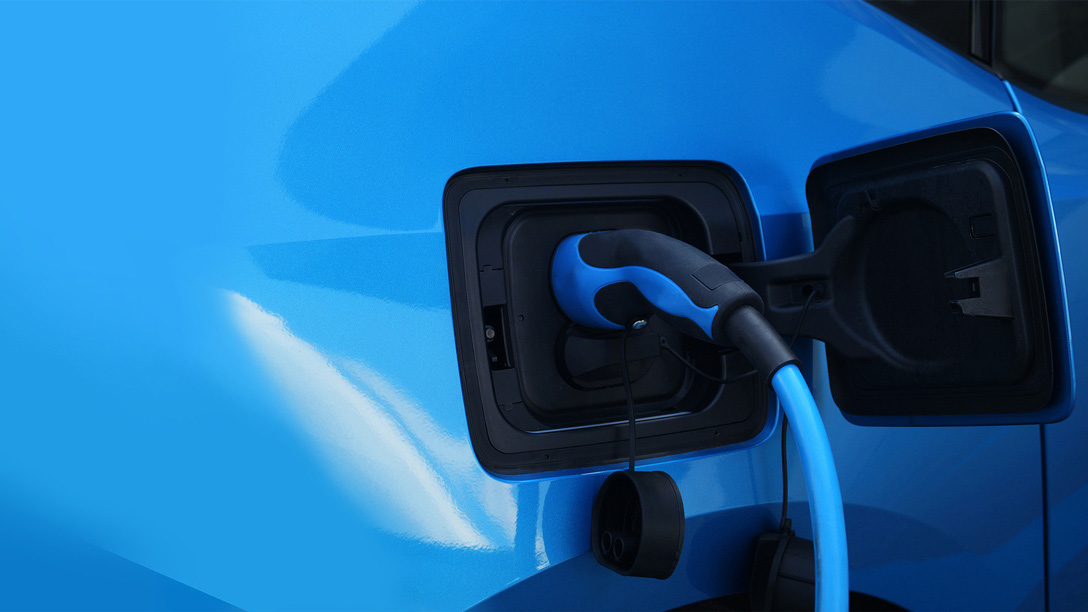
Going Electric: How UK fleets can successfully switch to EV

Table of contents
The role of telematics
Telematics is a method of gathering real-world data from connected vehicles that provides insights to help fleet operators efficiently manage their fleets. Without telematics data to inform decision making around fleet electrification, fleet operators are left making assumptions, which limits their ability to accurately measure the benefits. With access to existing fleet data through telematics, fleet operators can accurately address the concerns around cost and operational range. They can gather daily driving distance readings to compare against the real-world range of EVs available in the market. Plus, fuel consumption readings can refine the fuel savings calculations and increase the accuracy of the financial model.
Performing an Electric Vehicle Suitability Assessment
An Electric Vehicle Suitability Assessment (EVSA) is a tool that assists a fleet in creating a blueprint for electrification. The EVSA delivers the data analysis needed to make the case to transition your fleet to electric in a way that makes sense for the organisation’s budget and time frame. Based on real-world driving profiles, an EVSA will recommend the best candidates within the fleet to electrify. The Geotab EVSA leverages three data sources to make a recommendation:
- Driving telematics data collected by in-vehicle GO devices
- Geotab’s simulation data for various EV makes and models
- Localised costs database curated for the EVSA
By analysing high-fidelity vehicle trip data and engine diagnostics, the EVSA makes it possible to receive EV procurement recommendations that fit each vehicle’s driving profile while also understanding the total cost of ownership when switching to EVs. The Geotab EVSA answers the most pertinent electrification questions including:
- Will an EV be able to perform the required tasks in my fleet and meet my driver’s range requirements even in extreme weather conditions?
- Which vehicles in my fleet are the best candidates for replacement by EVs?
- What will the impact of EVs be on my fleet’s operational budget?
- By how much will my fleet’s carbon emissions go down?
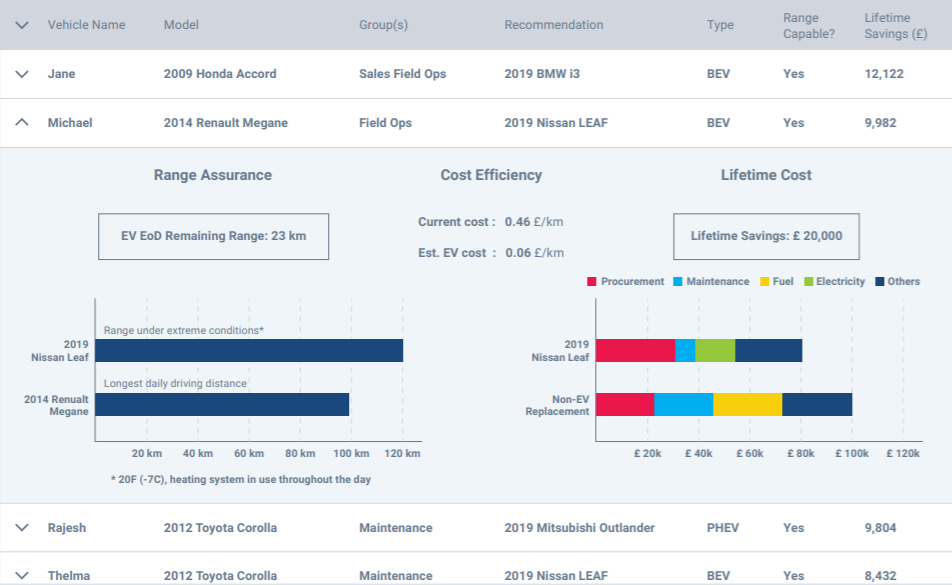
Sample EVSA report compares range and lifetime cost analysis for EVs to non-EVs within the fleet
Operational requirements
Before replacing an ICE vehicle with an EV, it is critical to ensure that it can complete the required daily range. An EVSA will analyse the daily driving range requirements over a specified time period to verify that the selected EV can complete the required distance on a single charge.
The EVSA looks at each fleet vehicle and calculates the longest daily driving distance recorded. This is then compared to an EV’s worst-case range to determine if it is range capable for the job. EV worst-case range verifies that the EV can perform its daily requirement, even in extreme weather conditions. It takes into account performance in the fleet’s area of operation when battery efficiency is diminished and the heating/cooling system is on all day. It’s also worth noting that Plug-in Hybrid EVs (PHEVs) are always range capable considering their ability to switch to a traditional gas engine.
Ensuring that an EV can perform the same job and meet range requirements are the biggest elements of the electrification process. An EVSA arms fleet managers with data-driven recommendations on the ideal candidates for replacing vehicles based on their unique duty cycles.
Financial analytics
After confirming that there are EVs capable of doing the job required, it is also important to understand the financial impact of acquiring EVs. Ultimately, it’s critical to examine whether or not the switch can potentially save the fleet money over the lifetime of the vehicles.
To determine whether an EV is a cost-effective replacement, the EVSA looks at each selected fleet vehicle and calculates the lifetime costs of two scenarios:
- Replacing the vehicle with an EV
- Replacing the vehicle with a new non-EV
If the EV’s lifetime cost is lower than that of the non-EV, then that EV is recommended as a replacement for the fleet vehicle.
The following cost components are considered when calculating the lifetime cost:
- Vehicle acquisition costs (whether it’s a purchase or a lease)
- Maintenance
- Fuel & electricity
- EV incentives
- Tolls for non-EVs or low emission zone charges
- Vehicle registration & taxes
- Insurance
The EVSA gives fleet managers a clear picture of the changes in cost structure should they elect to acquire EVs. Typically, the upfront acquisition costs are higher for EVs and many fleet managers have a difficult time making the business case for the switch. However, examining the total cost of an EV over its lifetime shows significant cost savings on fuel and maintenance that often make up the difference in upfront cost. Another important factor to consider is the availability of government incentives available for fleets that can have a huge impact on the bottom line when adopting EVs.
Environmental impact
Sustainability efforts are driving fleets down the path to electrification faster than ever. EVs provide a great opportunity for fleets to reduce their fuel consumption and carbon footprint. Consider even just the immediate impact of eliminating idling emissions from the fleet. With the environmental regulations discussed earlier weighing heavily on fleets it’s no wonder that a growing concern is the ability to quantify the emission reductions when switching to EVs.
By helping fleets calculate their tailpipe emissions reduction, fuel cost savings and any congestion toll savings, the EVSA is an invaluable tool for operators considering the adoption of EVs into their fleets.
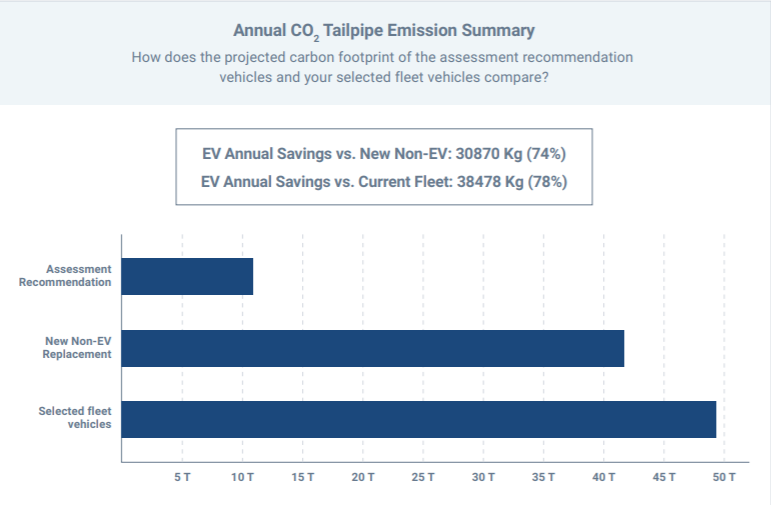
CO2 emission summary calculates the projected carbon footprint of the fleet
Ensuring the rollout is successful
Once EVs are brought into the fleet, it’s imperative that fleet operators are able to monitor their performance similar to their ICE counterparts within the fleet. This is why a telematics solution that captures the necessary data off EVs is so important to understand the overall efficiency and productivity of the entire fleet. The Geotab platform is capable of providing critical performance metrics for EVs such as energy efficiency and range analysis, charging status and history as well as a live look into state of charge. For more information on EV fleet management, visit https://www.geotab.com/uk/fleet-management-solutions/electric-vehicles/.
Conclusion
With more technologically advanced EV models available than ever before, commercial fleet managers are increasingly evaluating the benefits of electrification as they prepare for a greener future. The EVSA is vital to fleet operators weighing the switch to EVs. With real-world, fleet-specific telematics they can make informed decisions about the benefits of bringing EVs into their fleet. To learn more about how Geotab and the EVSA can help you go electric, visit https://www.geotab.com/uk/fleetmanagement-solutions/evsa/.
Post Tags
About Geotab
Geotab is a global leader in connected vehicle and asset solutions, empowering fleet efficiency and management. We leverage advanced data analytics and AI to transform fleet performance, safety, and sustainability, reducing cost and driving efficiency. Backed by top data scientists and engineers, we serve over 55,000 global customers, processing 80 billion data points daily from more than 4.7 million vehicle subscriptions. Geotab is trusted by Fortune 500 organisations, mid-sized fleets, and the largest public sector fleets in the world, including the US Federal Government. Committed to data security and privacy, we hold FIPS 140-3 and FedRAMP authorisations. Our open platform, ecosystem of outstanding partners, and Marketplace deliver hundreds of fleet-ready third-party solutions. This year, we're celebrating 25 years of innovation. Learn more at www.geotab.com/uk, and follow us on LinkedIn or visit our blog.
© 2025 Geotab Inc.All Rights Reserved.
This white paper is intended to provide information and encourage discussion on topics of interest to the telematics community. Geotab is not providing technical, professional or legal advice through this white paper. While every effort has been made to ensure that the information in this white paper is timely and accurate, errors and omissions may occur, and the information presented here may become out-of-date with the passage of time.
Recent News
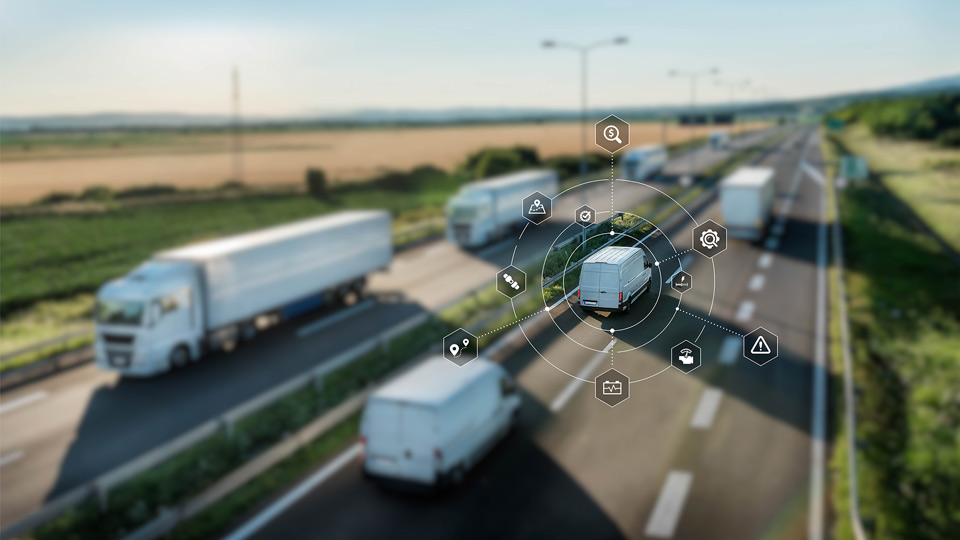
Putting fleet data quality to the test for risk management
June 27, 2022
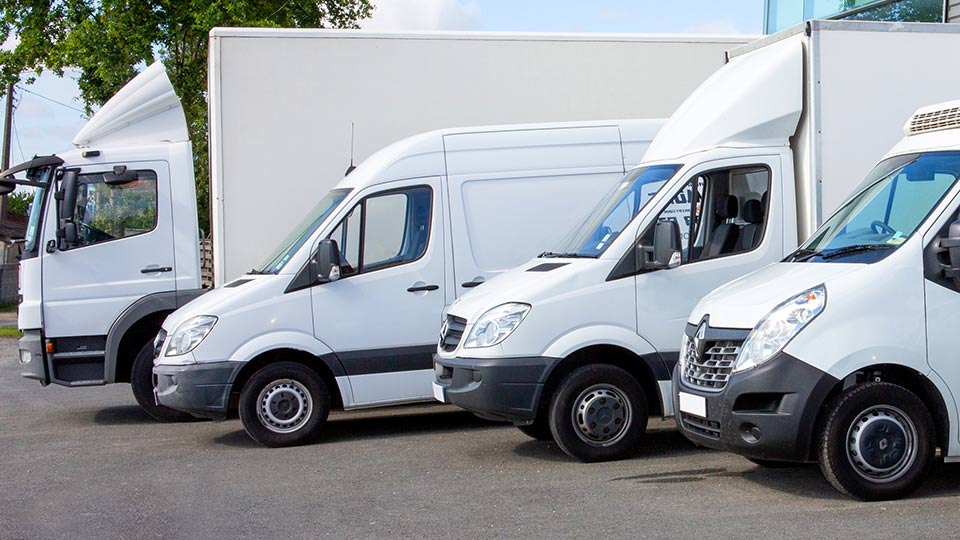
Winning the connected vehicle data revolution
April 20, 2022

Fleet 2020: How UK fleets can lead the way to an electrified future
April 22, 2020

Going Electric: What you need to know about EV fleet management
April 7, 2020
